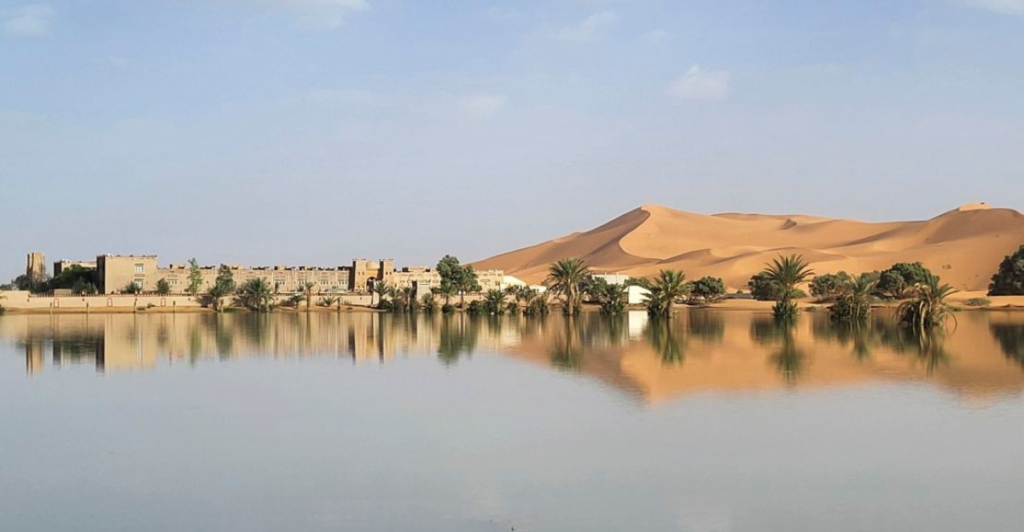
Imagine the world flipped ecosystems overnight. The Sahara Desert—home of endless dunes—starts flooding; meanwhile, the Amazon, the literal lungs of Earth, is drying up like your houseplants when you forget to water them. Welcome to the era of climate chaos. We’ve officially nudged past the 1.5°C global warming threshold, and Mother Nature is responding with a very dramatic flair.
Floods where there shouldn’t be water, droughts where there should be plenty—it’s like the planet hit shuffle on the weather playlist. So what does this actually mean? Let’s unpack this bizarre climate crossover episode.
The Sahara’s Sudden Soak – Desert or Disaster Zone?
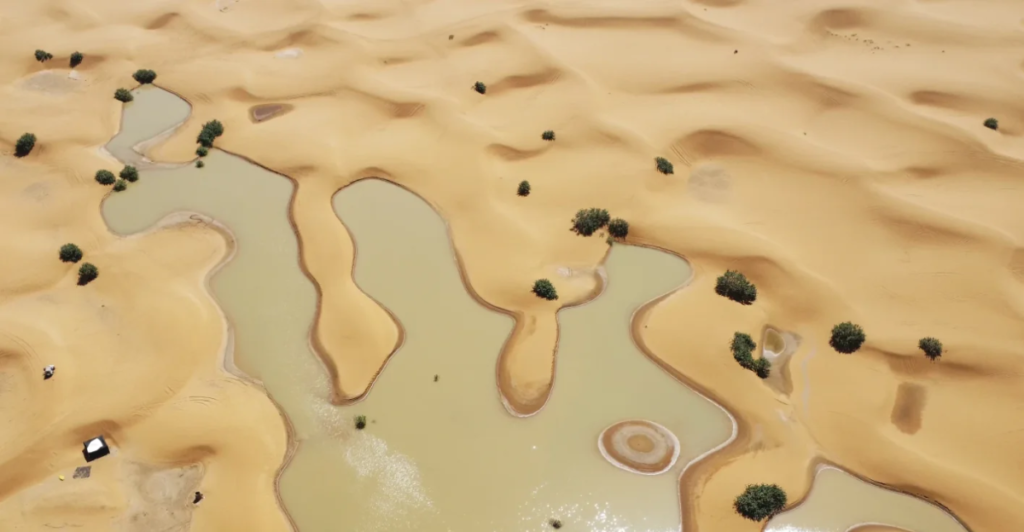
When you think “Sahara,” you don’t exactly picture lakes. But in September 2024, southeastern Morocco got absolutely drenched—over 100mm of rain fell in just one day. For context, that’s more than the yearly average in some parts. One dry lakebed, Lake Iriqui, even filled up for the first time in 50 years. It wasn’t just a sprinkle, it was a full-on desert flood.
Scientists say this kind of extreme rainfall in arid areas is a direct symptom of a warmer world. More heat = more water in the air = more intense rain dumps. So yeah, the desert’s getting wetter—but don’t expect palm trees and beach resorts anytime soon.
Meanwhile, the Amazon Is Thirsty
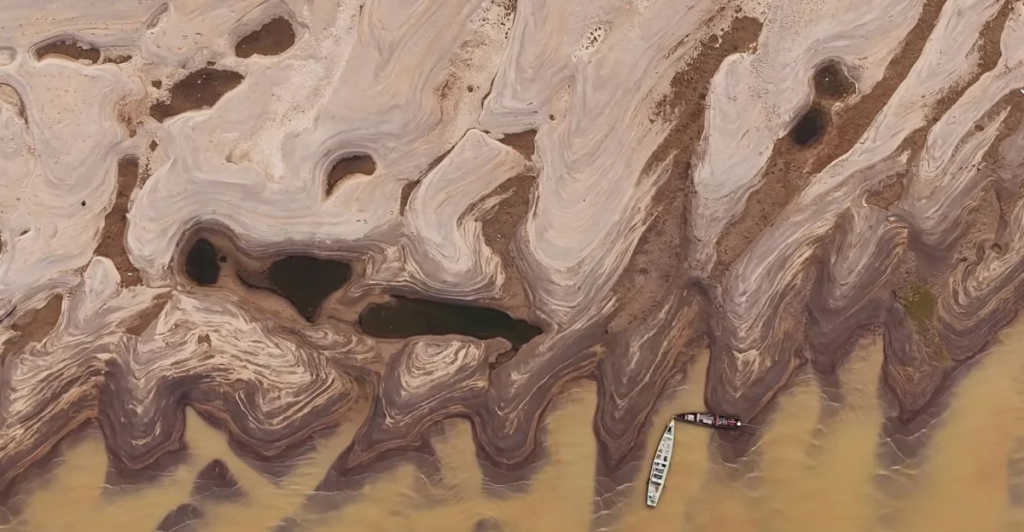
While the Sahara was splashing around, the Amazon Rainforest—the place famous for nonstop rain—was bone-dry. In late 2023 and early 2024, the region hit record-breaking drought levels. Rivers dropped so low that boats were stranded, fish were dying, and forest fires exploded. It wasn’t just weird, it was devastating.
Scientists say this extreme dryness wasn’t only due to El Niño (the usual suspect), but climate change was the main driver. This rainforest powers the water cycle for half of South America. So when it starts gasping, it’s not just an Amazon problem; it’s a planet problem.
1.5°C Doesn’t Sound Scary… Until It Is
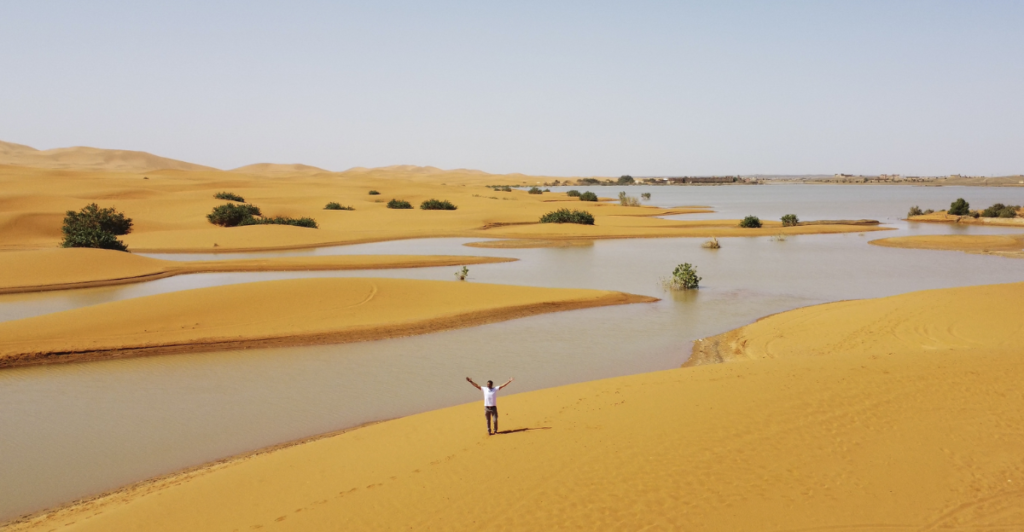
Let’s talk numbers. That 1.5°C temperature goal? It’s not just some arbitrary line. It’s the difference between “manageable odd weather” and “everything’s on fire, underwater, or both.” Once global temperatures pass that threshold (and spoiler alert: we just did), climate scientists say we unlock a higher risk of tipping points—like permafrost melt, Amazon collapse, and food system freakouts.
The Sahara flooding and Amazon drying aren’t just random glitches, they’re red flags that our global thermostat is officially too hot. The good news? We’re not doomed yet. The bad news? We’re flirting with it.
Real People, Real Impact – Midwives in a Drought
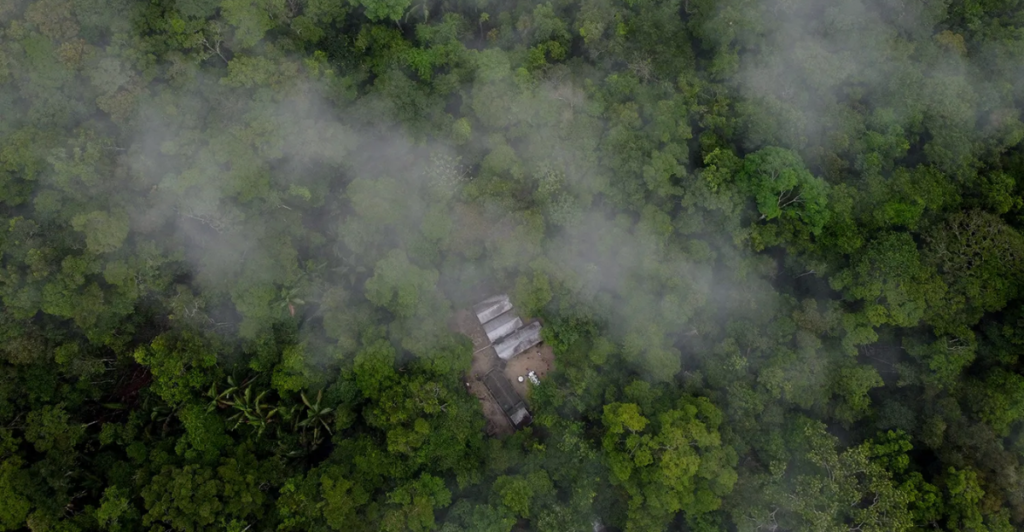
In remote Amazon communities, rivers are lifelines. And when they dry up, things get scary real, especially for pregnant women. Midwives like Tabita dos Santos Moraes are stepping in—literally.
With hospitals unreachable by boat, she’s delivered over 180 babies by flashlight, far from medical help. The drought has stranded families, limited clean water, and turned everyday tasks into survival quests.
Climate change isn’t just melting glaciers and flooding newsfeeds; it’s impacting births, health, and livelihoods in real-time. Tabita’s resilience is incredible, but here’s the kicker: These stories are becoming way too common in climate-stressed regions.
The Amazon’s on Fire—Again
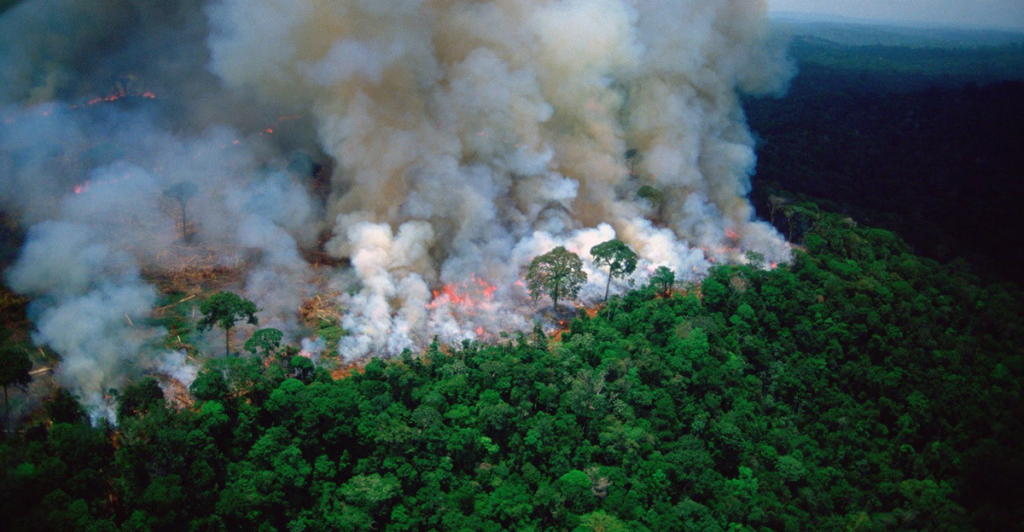
If you thought “drought” was bad, add “wildfire” to the mix. With the rainforest drying out, the 2024 fire season in the Amazon was one of the worst in almost 20 years.
Huge swathes of forest went up in smoke, taking rare species and carbon-absorbing trees with them. Many of these fires are linked to deforestation (yes, humans again), but the drought turns the forest into a matchstick.
Less moisture = more flames. It’s a vicious feedback loop: more fires release more CO₂, which makes the planet hotter, which causes more drought… You get the idea. It’s like the Amazon’s stuck in an unhealthy relationship with climate change.
Why the Water Cycle’s Losing Its Chill
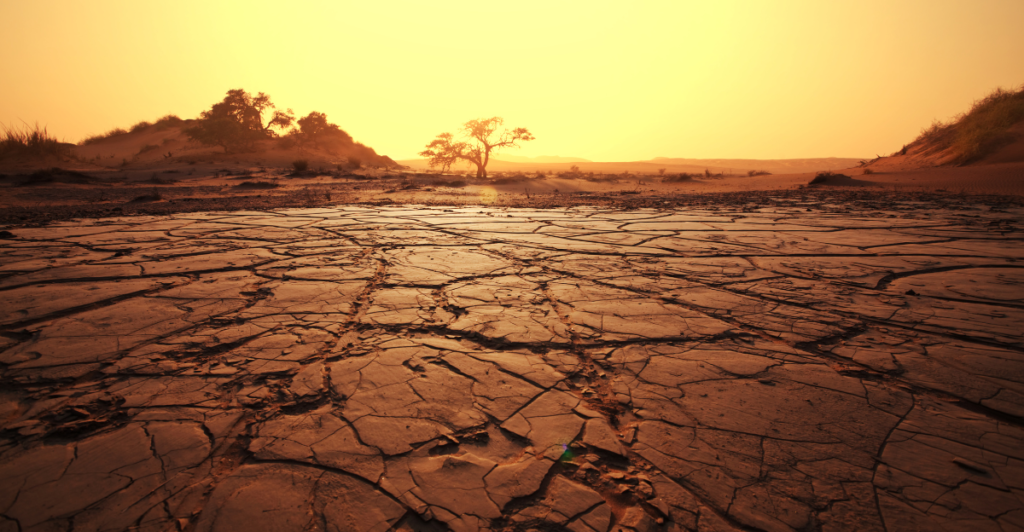
Here’s the thing: warmer air holds more moisture. That means when it rains, it pours—and when it’s dry, it really dries out. Scientists call this the “intensification of the water cycle,” but we call it “weather whiplash.” Think Sahara flash floods and Amazon mega-droughts happening back to back.
It’s not random. It’s a signature of climate change, and it’s rewriting how water moves around the planet. Some places are getting drenched, others are parched—and infrastructure, agriculture, and actual people can’t keep up. Bottom line: climate change doesn’t just mean more heat—it means less predictable everything.
When Ecosystems Flip Out, So Do We
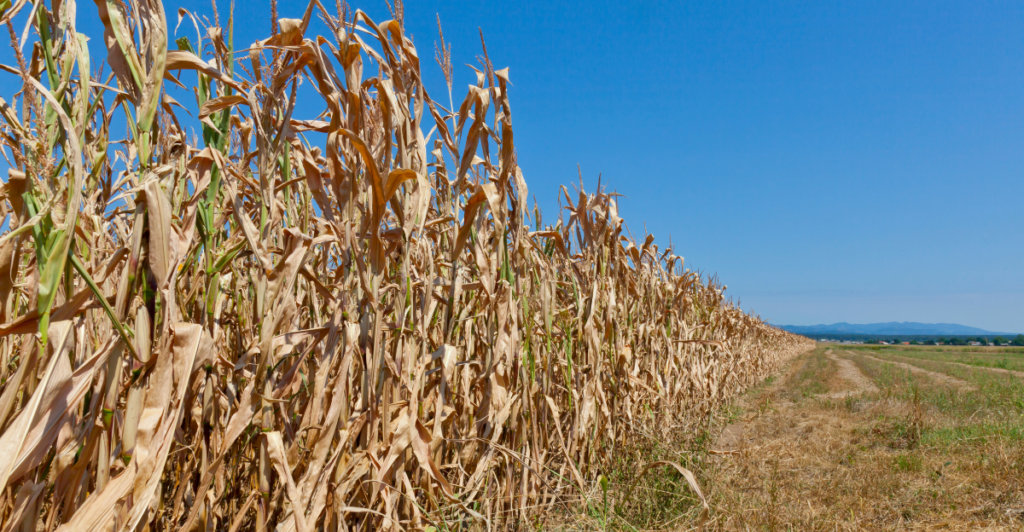
Let’s zoom out. These aren’t just quirky weather stories, they’re canaries in the climate coal mine. The Amazon drying out means less carbon absorption and more global warming. The Sahara flooding means soil erosion, displaced communities, and busted infrastructure.
These extremes trigger ripple effects: crop failures, power outages, and food shortages. And once nature’s balance tips, it’s hard to tip it back. Ecosystems like the Amazon help regulate the planet. If they crash, we all feel it—whether you’re in Brazil, Brooklyn, or Botswana. Climate chaos doesn’t need a passport. It just needs a hot Earth.
Fighting Back—What Can Actually Be Done?
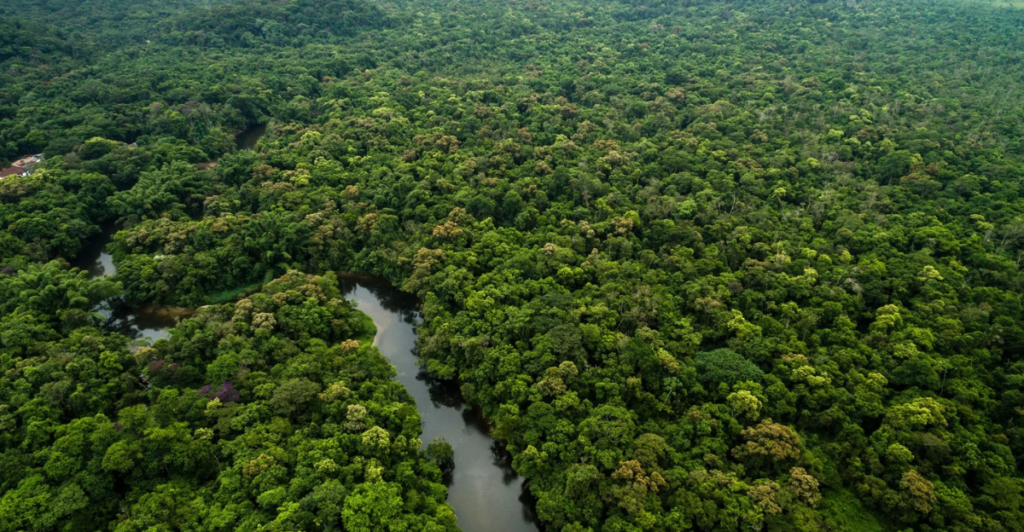
Okay, deep breath, there’s still hope. But it’s going to take global teamwork, big ambition, and way fewer fossil fuels. Solutions include cutting emissions (fast), protecting rainforests, and switching to clean energy like our lives depend on it (because they kinda do).
Adaptation also matters: flood-proof cities, drought-resilient crops, and climate-smart infrastructure. Governments need to step up, but individuals do, too. Show support to leaders with real climate plans, support green businesses, eat sustainably, and talk about it. The Sahara and Amazon are waving red flags. It’s up to us to stop hitting snooze.
Climate’s Not Waiting, So Why Are We?
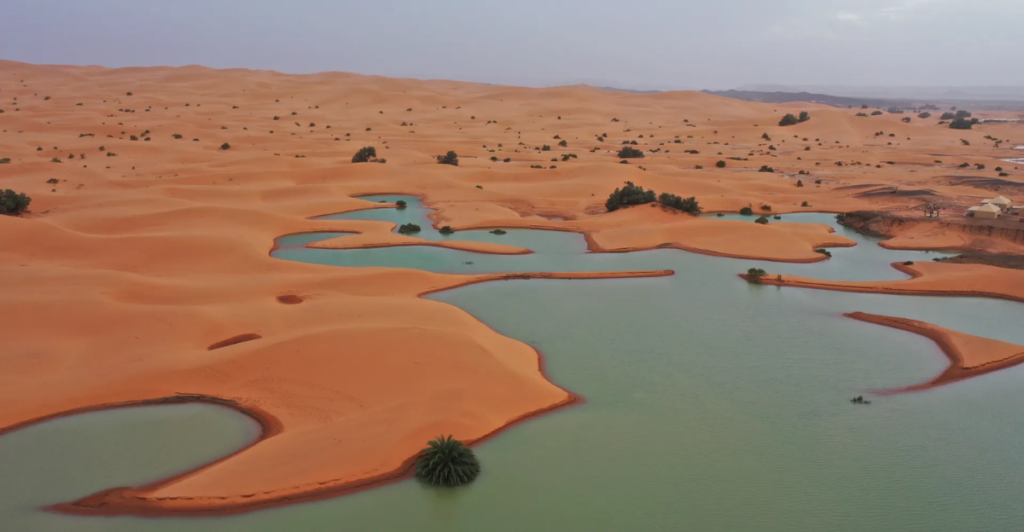
Floods in the desert. Drought in the rainforest. The world’s weather is having a full-blown identity crisis—and it’s only getting started. The 1.5°C line wasn’t a suggestion; it was a warning label. Now that we’ve crossed it, the question is: what next? Climate change isn’t future tense anymore—it’s happening right now.
From soaked sand dunes to burning jungles, the extremes are turning surreal. But the script isn’t finished. If we act boldly, think globally, and prioritize the planet like we mean it, we still have a shot at rewriting the ending. Time to stop watching the chaos and start flipping the climate narrative before it’s too late.
Explore more of our trending stories and hit Follow to keep them coming to your feed!

Don’t miss out on more stories like this! Hit the Follow button at the top of this article to stay updated with the latest news. Share your thoughts in the comments—we’d love to hear from you!







